What is "High-Pressure treatment"?
Practical cases where high-pressure treatment has been introduced
Control of microorganisms
High-pressure treatment of 200 MPa or more can kill or damage bacteria, mold, yeast, virus and the like. In other words, microorganisms and parasites contaminating foods can be killed without using heat.
Also, proliferation of the microorganisms can be prevented under the pressure of 200 MPa or more. This allows the storage of foods without rotting.
Use of high-pressure treatment in combination with heating treatment or pulsed electric field treatment has been found to be more effective.
Non-thermal sterilization
High-pressure treatment can achieve sterilization of foods, with ingredients less changed when compared with thermal sterilization. Jams or the like can be made, with the colors of the materials being retained as shown in the following figures, and their original flavors and nutrients such as vitamin C and the like being kept. Due to another advantage of the instantaneous transmission of pressure, uniform cooking and sterilization can be attained in a short time.
Kiwi fruit
-
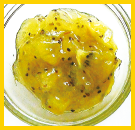 After heating treatment
After heating treatment -
 Raw material
Raw material

-
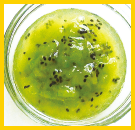 After high-pressure treatment
After high-pressure treatment
Strawberry
-
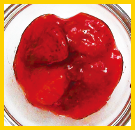 After heating treatment
After heating treatment -
 Raw material
Raw material

-
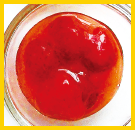 After high-pressure treatment
After high-pressure treatment
Sterilization of heat-resistant spores
It is known that the heat-resistant spores cannot be completely sterilized by high-pressure treatment.Sterilization efficiency of heat-resistant spores can be increased by combination of high-pressure treatment and subsequent heating treatment.
Sterilization curves of B.cereus spores derived from brown rice by using combination of high-pressure treatment and subsequent heating treatment
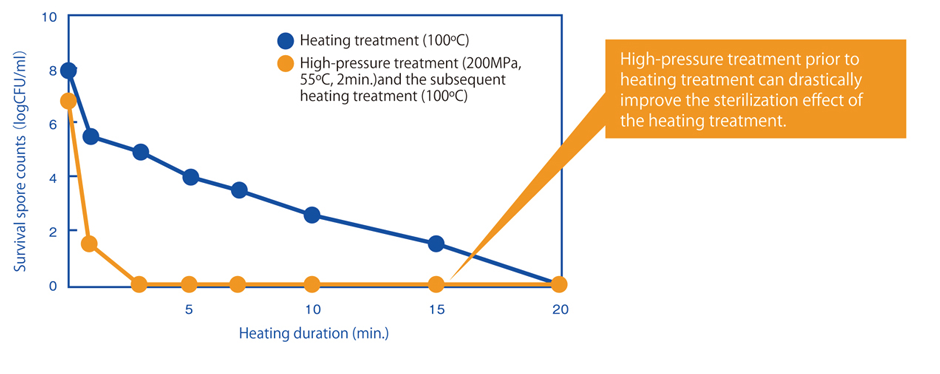
Some foods resorting to conventional retort food processing may be sterilized under more moderate heating conditions if subjected to high-pressure treatment in advance.

